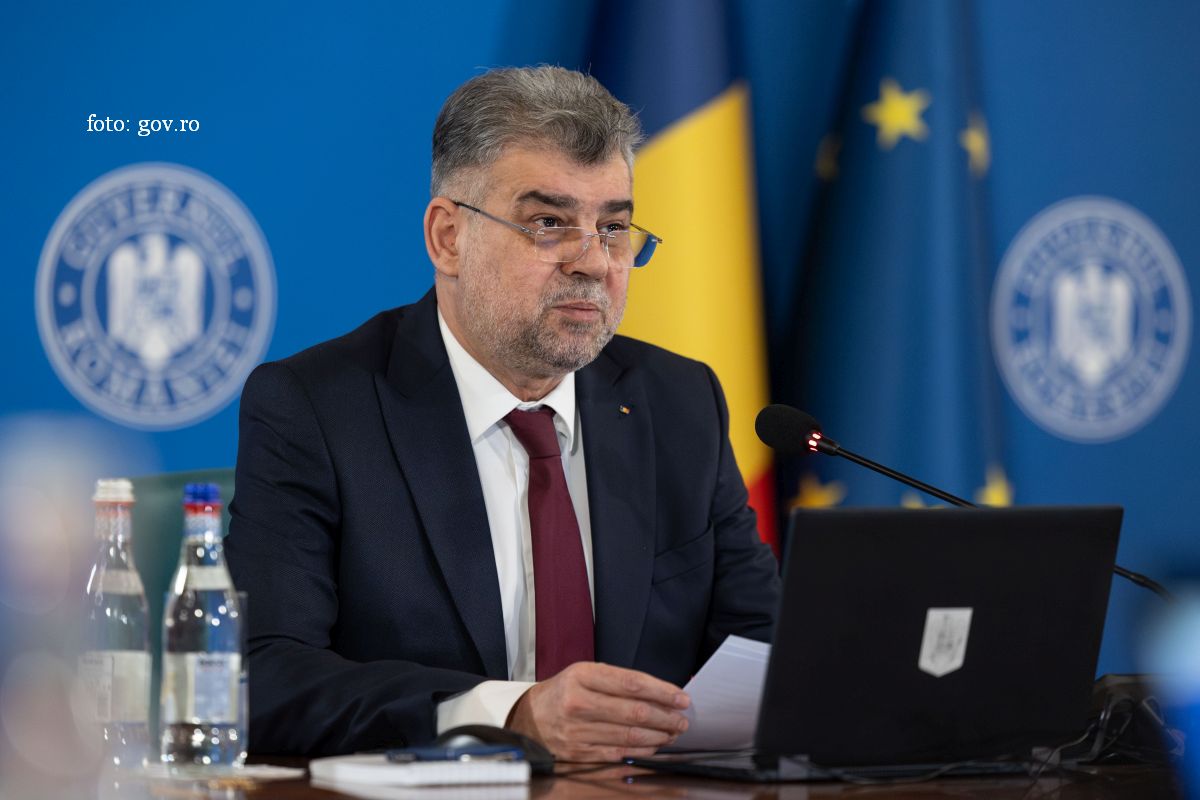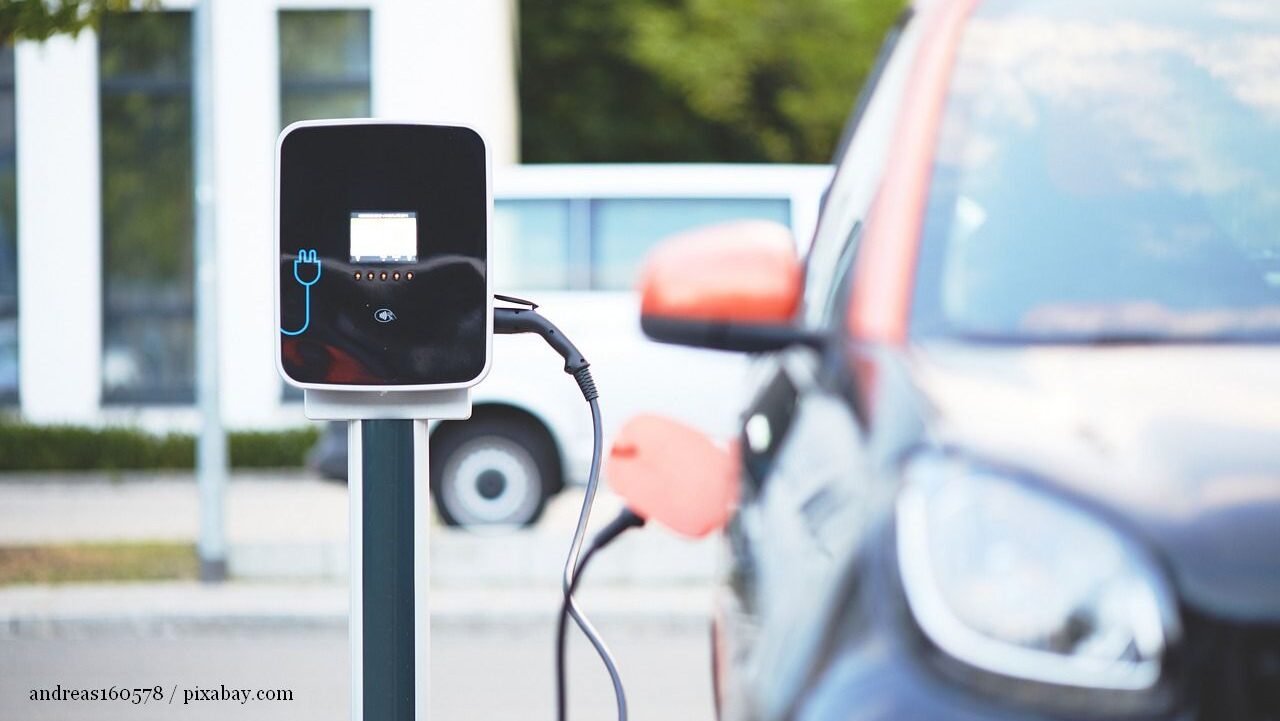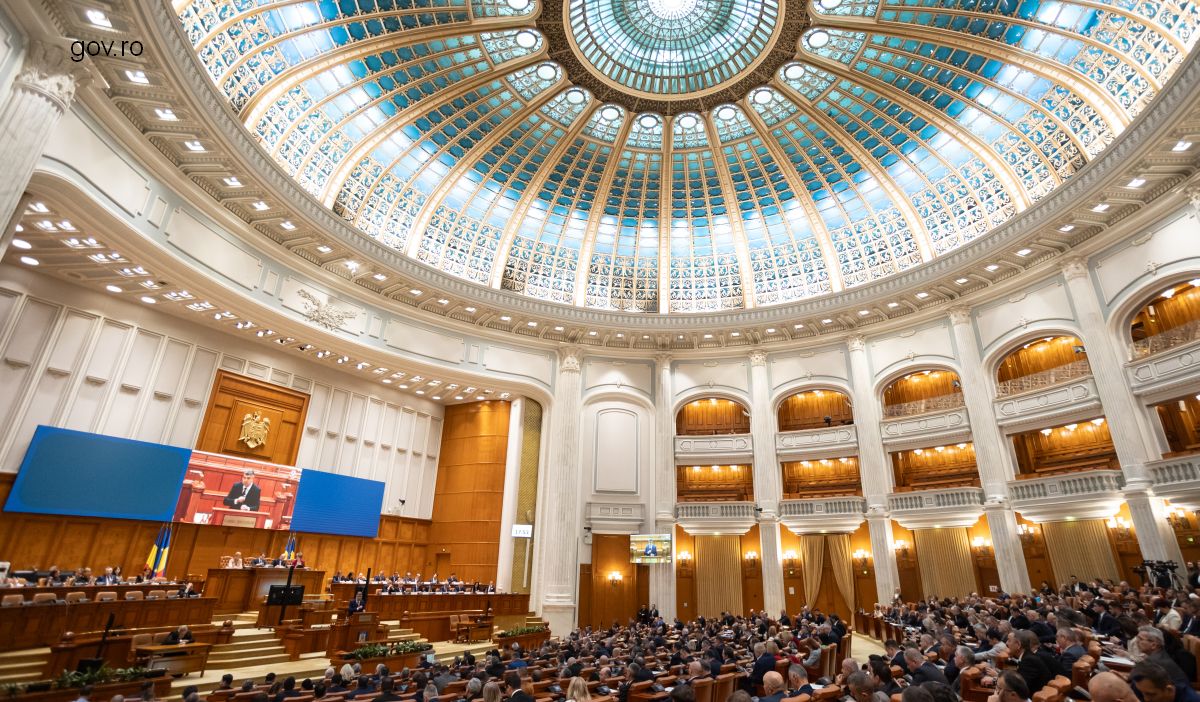The IMF and Romania’s economic progress
Romanias economic growth rate for this year is higher than previously estimated, according to the latest report from the International Monetary Fund.

Ştefan Stoica, 15.04.2015, 13:40
The International Monetary Fund has revised Romania’s GDP growth rate this year up to 2.7%, according to a report published on Tuesday. Last autumn, the Fund put forward a growth rate for 2015 of 2.4%. For 2016, the Fund estimates the Romanian economy will grow by 2.9%, compared with 2.5% first estimated in October last year. After its assessment mission in February, the Fund put forward the same figures, noting that the main factor underlying this growth is the consolidation of private consumption as a result of a considerable rise in real wages, low oil prices and the drop in certain types of interest rate that reached a record low.
The International Monetary Fund has operated a downward revision of its estimates regarding consumer prices, which are expected to grow by 1% in 2015 compared with last year’s autumn forecast of 1.5%. In 2016, the Fund expects consumer prices to grow by 2.4%, which is below the previous forecast of 2.9%. A similar situation applies to the current account deficit, where the Fund revised its predictions down to 1.1% from 1.2% for 2015 and to 1.5% from 1.8% for 2016.
According to the International Monetary Fund, economic activity slowed down across the region in 2014 and a number of countries entered a deflationary period. “Monetary policy should remain accommodative in Poland and Romania, given the benign inflation outlook and quantitative easing in the euro area,” says the report.
n another development, Standard & Poor’s rating agency affirmed its BBB-/A3 long- and short-term local and hard currency rating for Romania, with a stable outlook. The ratings are supported by the country’s moderate external indebtedness amid relatively firm growth prospects. Standard & Poor’s notes, however, that Romania’s ratings are constrained by low governance framework despite recent efforts to reduce corruption, low GDP per capita of 8,600 dollars, compared to other states in the same category, and, while declining, still high private sector debt which can restrict monetary policy. Standard and Poor’s believes the Romanian economy will grow on average by 3% between 2015 and 2018.






























